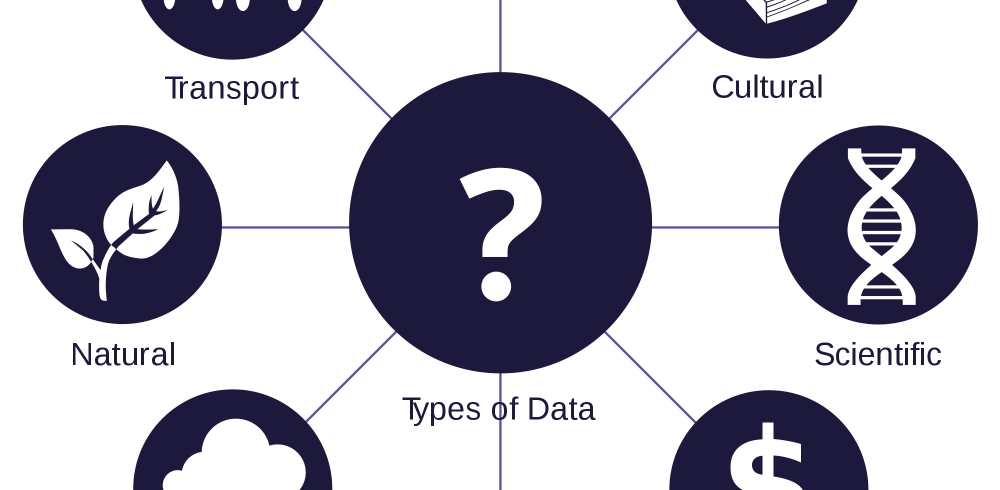Data Is Vital for Smart Technologies : Experts worldwide are now focused on the extraction of data from intelligent machines and the analysis of it, used to improve their products, as well as the creation processes. In the race to Industry 4.0, many manufacturers are tripping over data silos.
Although state-of-the art when installed, data in any of these ageing legacy systems must typically be re-created in one or more of the downstream systems. Due to the duplication and inconsistency resulted from it, it becomes impossible to analyse data for insights, which contributes significantly to the inefficiencies found in manufacturing today.
The solution to this issue is called ‘digital continuity’. “Digital continuity is the core characteristic that we need for the 21st century digital world,” said Michael Grieves, executive director for the Centre for Advanced Manufacturing and Innovative Design at the Florida Institute of Technology.
“We cannot afford to not know that the version of design we are using has been obsoleted by a newer design. We cannot afford to have Engineering send designs to Manufacturing that Manufacturing knows cannot be built properly or cost effectively. We cannot afford to not know what machine-to-machine communications are occurring that will result in a major manufacturing failure,” he added.
A 2015 study led by LNS Research found that the top two operational challenges respondents cited were directly related to a failure of digital continuity were a lack of collaboration across departments (48%) and disparate systems and data sources (39%).
“With an unbroken flow of information,” LNS concluded, “decisions stemming from any part of operations, such as quality issues, asset management, meeting supply, customer sentiments and others, can be accessed and integrated to specific decisions among those respective departments and companies, leading to overall increases in productivity, quality, profit and other key performance indicators.”
Digital continuity creates a unique, authoritative and consistent source of data across the entire lifecycle as a product moves from concept to design, engineering, manufacturing and post-sales service. Pairing real-world data with scientifically accurate 3D models of the product and the factory allows manufacturers to monitor the real-time environment and predict its future state.
Manufacturing & Engineering Magazine | The Home of Manufacturing Industry News















